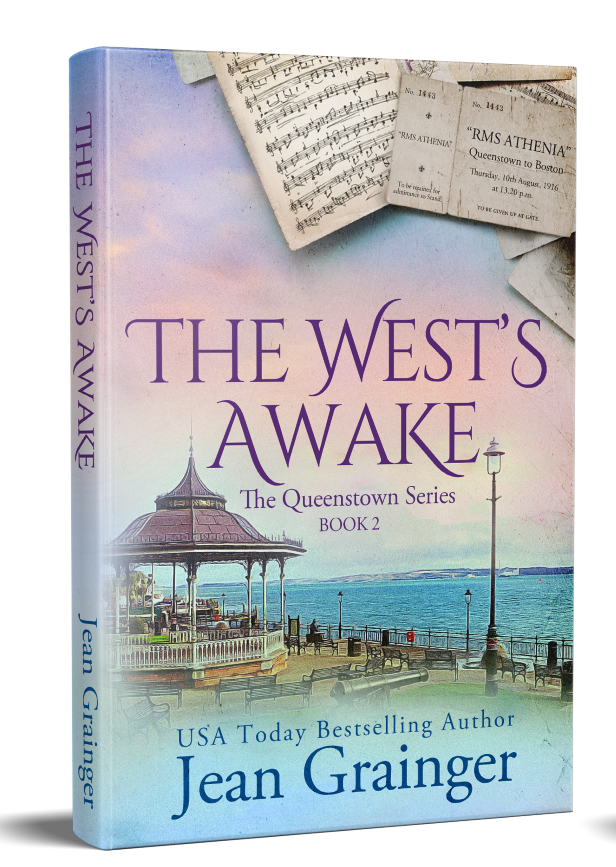
Sounds like the start of a joke doesn’t it?
Hello everyone, and I hope this letter finds you well and enjoying your precious life. (If the last year has taught us anything it is that surely, that life is such a gift, don’t waste a second!)
This week I find myself in a somewhat contemplative state, as I put the finishing touches to the first draft of Book 3 in the Queenstown Story. Don’t worry, you’ve not missed anything, Book 2 – The West’s Awake is with my editor for a final polish and will be going to the advance team shortly, and will be released mid June. You can preorder the ebook here: The West’s Awake.
The third book will need a lot of hammering and battering into some kind of story before it can be let loose into the world!
The paperback, and large print of The West’s Awake will be available on launch day and audio shortly afterwards – fingers crossed.
What has me so lost in thought these days is my two roles, that of the historian, and that of the storyteller. I write, as most of you know, about the history of this island, its people and its troubles, its victories and defeats, and I wonder sometimes if I allow an overly romantic view of it cloud my books, when the reality is often something different.
Every fairy story, every kids cartoon, every film, has the good guys and the bad guys right? And my stories are no different, but the historian in me, that part that taught this stuff at university and at school, knows that it is not that black and white.
I research my books as well as I can, and take a lot of time reading and investigating particular eras, and while of course my primary job as an author is to entertain, I always try, not always successfully I hasten to add, to be accurate. I hope I don’t shy away from telling things how they truly were, not how we would have wished them to be. But accurate with what slant? That’s what has me thinking .
The War of Independence here from 1919 to 1921 is seen from this remove as a glorious romantic affair, where farm labourers, shop girls, post mistresses, and the general public, pulled together with the rebels to rid our country of the British after 800 years of occupation. That’s perfect fodder for the author mind.
But as I consider the fourth book in this series, set in 1922 now, where Harp is young woman of twenty two years old, and Ireland has repelled the old enemy, but has now turned its anger and bitterness inward, on each other, well, those are very murky waters indeed.
In my research I am looking into harrowing accounts given by women of the gender-specific violence they endured during the revolutionary period. For the most part, these witness statements were swept under the carpet. Such things didn’t happen in a morally upright country like Ireland! There was a perception, that the Irish struggle was inherently different to that of every other armed conflict throughout the world where violence against women was used as a weapon to intimidate their men and to terrify women into submission. Of course, that is a complete fabrication, it happened here too, on a scale we will never truly know because it was all cloaked in secrecy and shame. I feel very strongly that those women should have their voices heard, at long last, a hundred years later.
Commemoration, remembering, reliving, is all well and good, but if it is all shrouded in a misrepresentation of the truth, what is the point?
So, that’s the challenge. To tell their story accurately and to afford it the dignity and honesty it deserves, while also telling a good story to keep you turning the pages while the grass should be getting cut or the potatoes peeled for dinner.
It is a challenge, and I’ll give you my word, I will do my best with it. It wont be perfect, but at this juncture more than any other in my writing career, I feel the eyes of my female ancestors upon me, urging me to tell their story. So I will. Stay tuned.
Have a smashing week,
Le grá agus buiochas,
Jean xxx